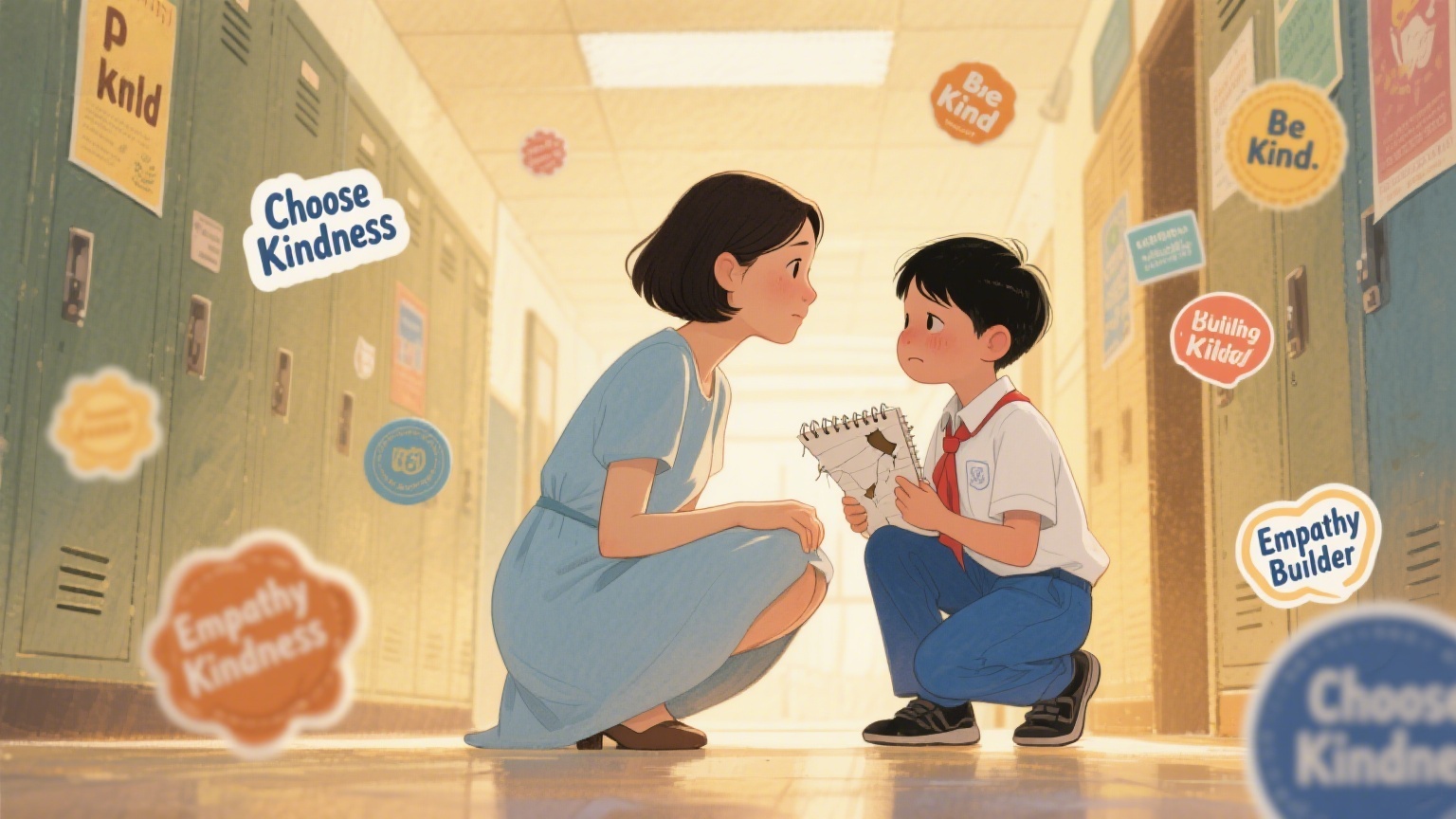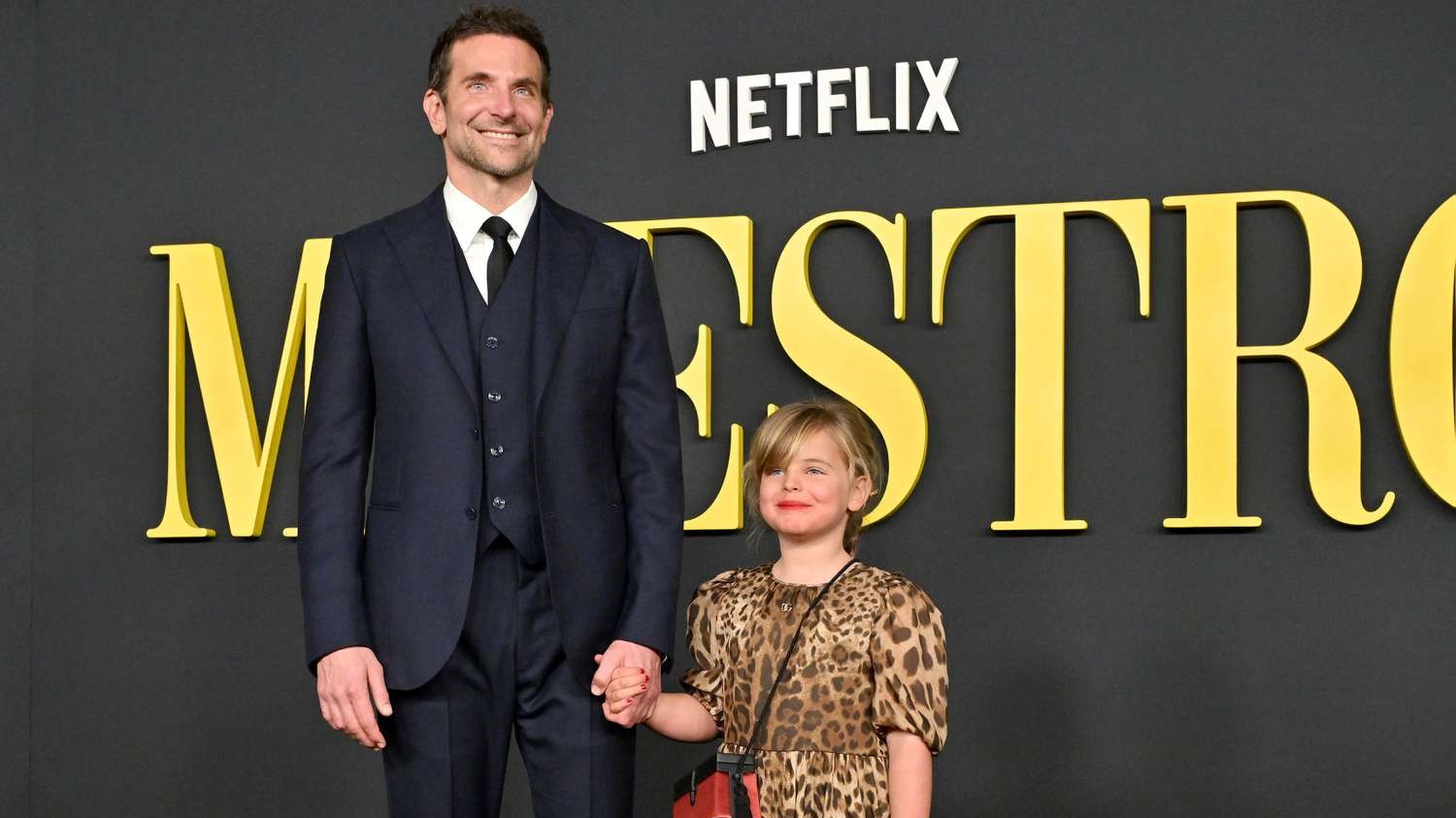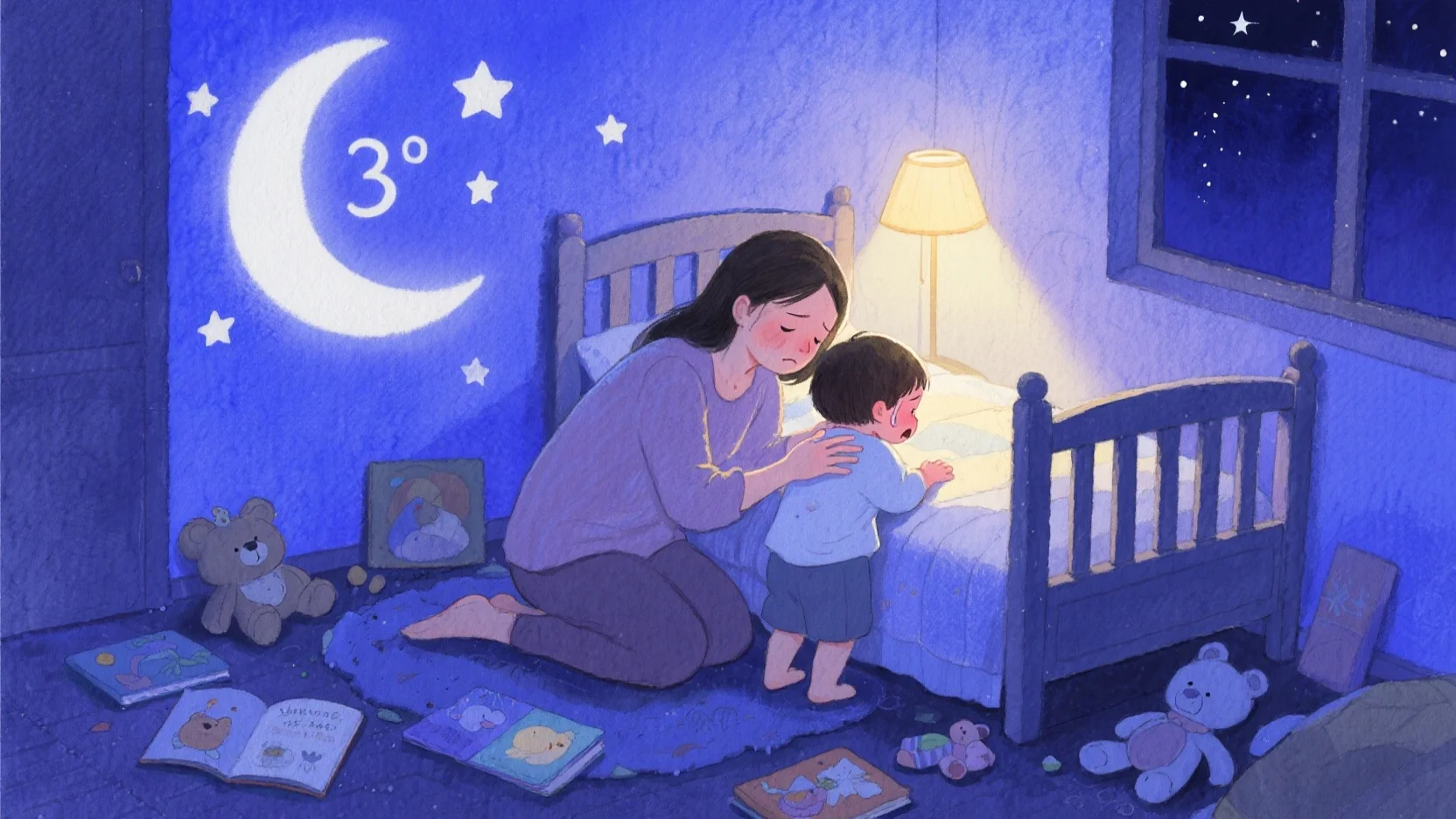Discovering your child has bullied others can be shocking and painful. Addressing this behavior early is crucial—bullying (whether physical, verbal, or social) harms both the victim and your child’s emotional growth and academic future. Here’s how to respond constructively.
Why Do Children Bully?
Bullying often stems from unmet emotional needs or learned behaviors:
- Seeking control/popularity: Some kids bully to mask insecurity or gain social power.
- Lack of awareness: They may not realize targeting differences (appearance, race, etc.) is harmful.
- Emotional dysregulation: Anger, frustration, or poor impulse control can manifest as aggression.
- Modeled behavior: Children exposed to harsh parenting or sibling conflict may imitate those dynamics.
Key Insight: Bullying is a behavior, not an identity. With guidance, kids can learn better ways to cope and connect.
How to Help Your Child Change
1. Open a Calm Conversation
- Ask: “What happened?” Listen without interrupting. Avoid accusations like “Why are you being mean?”
- Validate feelings: “It sounds like you were upset. Let’s talk about better ways to handle that.”
2. Set Clear Consequences
- Tie punishments to the behavior (e.g., losing phone privileges for cyberbullying).
- Emphasize restitution: Have them apologize or repair harm (e.g., writing a kindness note).
3. Teach Empathy & Alternatives
- Role-play: “How would you feel if someone said that to you?”
- Practice responses: “Next time you’re angry, try saying, ‘I need space’ instead of pushing.”
4. Collaborate with School
- Meet teachers to understand the full context. Ask:
- “Are there social pressures at school?”
- “Can we partner on a behavior plan?”
5. Address Root Causes
- Social skills: Enroll them in activities (sports, art) to build positive friendships.
- Home environment: Sibling conflicts? Model respectful disagreement.
- Professional support: Therapists can help with anger management or trauma.
What Not to Do
❌ Ignore it: Bullying rarely stops without intervention.
❌ Shame your child: “You’re a bully” labels can reinforce the behavior.
❌ Blame others: Focus on solutions, not whether the victim “provoked” it.
Preventing Future Issues
- Praise kindness: “I saw you share with your sister—that was so thoughtful!”
- Monitor friendships: Gently steer them away from peers who encourage aggression.
- Lead by example: Show how you handle stress calmly. Kids mirror what they see.
Long-term vision: Stopping bullying isn’t just about discipline—it’s about raising a child who thrives through empathy and resilience.
Need more help? Reach out to school counselors, child psychologists, or parenting workshops. You’re not alone in this journey.








